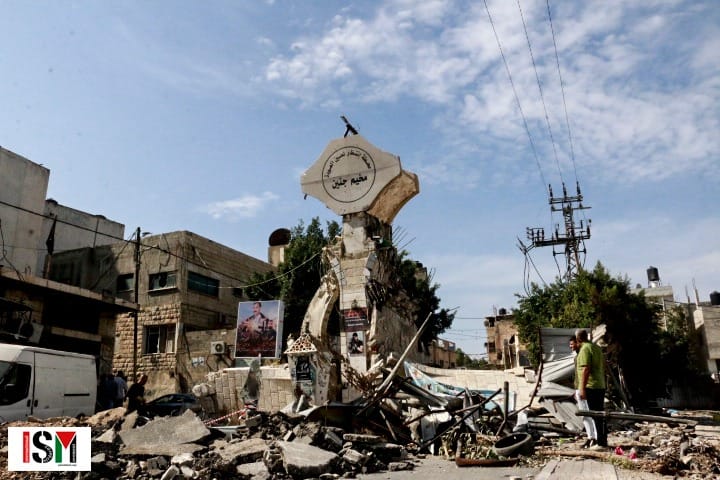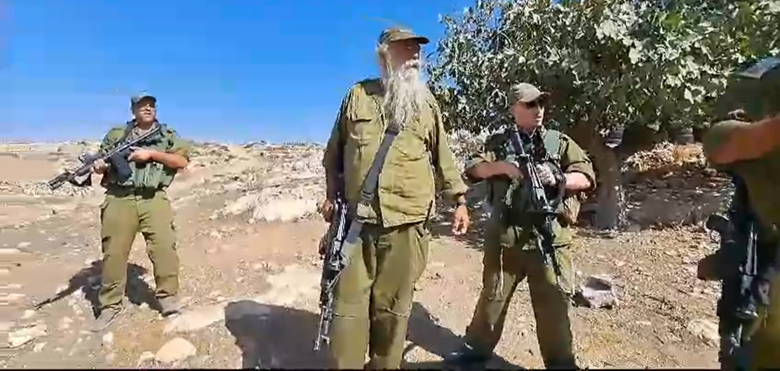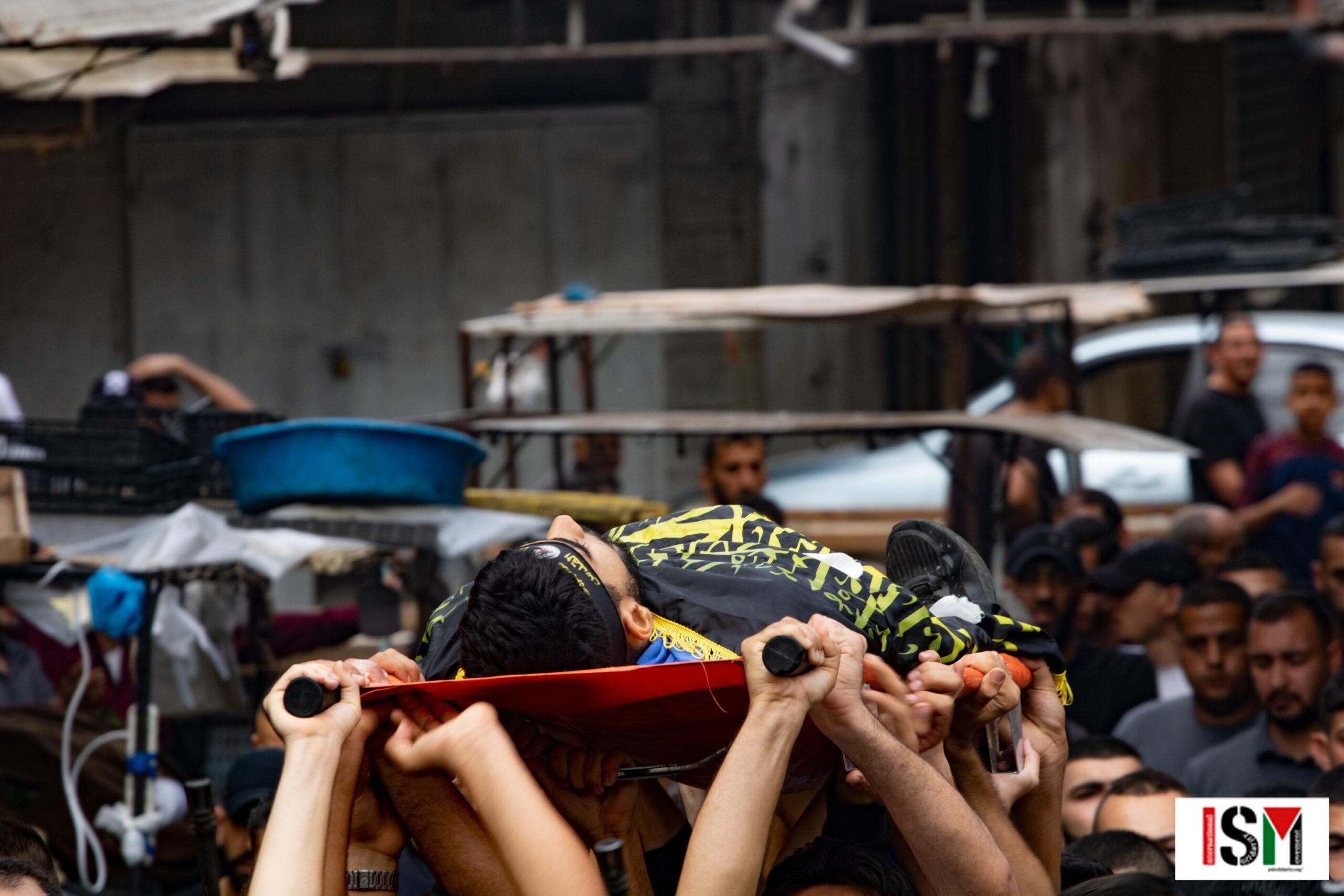Category: Reports
-
Israeli forces bulldoze Jenin monument in deadly night raid
1 November 2023 | Jenin | International Solidarity Movement By Diana Khwaelid On Sunday, October 29, a huge column of military vehicles stormed the city of Jenin in an overnight raid, killing four Palestinians, and destroying a monument for Jenin’s martyrs. Israeli soldiers invaded the city’s Jenin camp at 12.30am, accompanied by an armed…
-
Ethnic cleansing in Masafer Yatta reaches unbearable level: Call to Action
Masafer Yatta | International Solidarity Movement Colonial violence and ethnic cleansing is quickly escalating in Masafer Yatta, a rural region south of Hebron, in the West Bank. Settler militias are terrorizing Palestinians by invading their villages during pogroms, armed with assault rifles, often wearing Israeli army uniforms and accompanied by Israeli soldiers. Palestinians and ISM…
-
Killing young people of the next generation in the West Bank
27 October 2023 | International Solidarity Movement | Jenin By Diana Khwaelid The Israeli occupation has not only targeted unarmed young people, children, and women in Gaza. The Israeli occupation’s crimes also continue in the West Bank, especially targeting young people and children alike. On Friday night Oct 27th around 1.30AM, the Israeli occupation forces…



